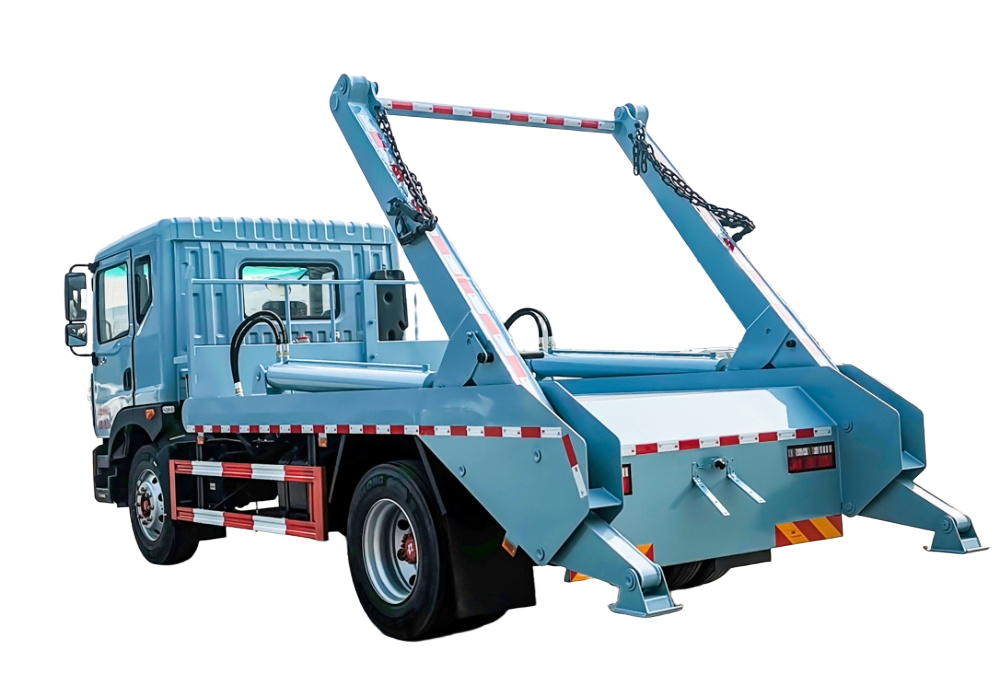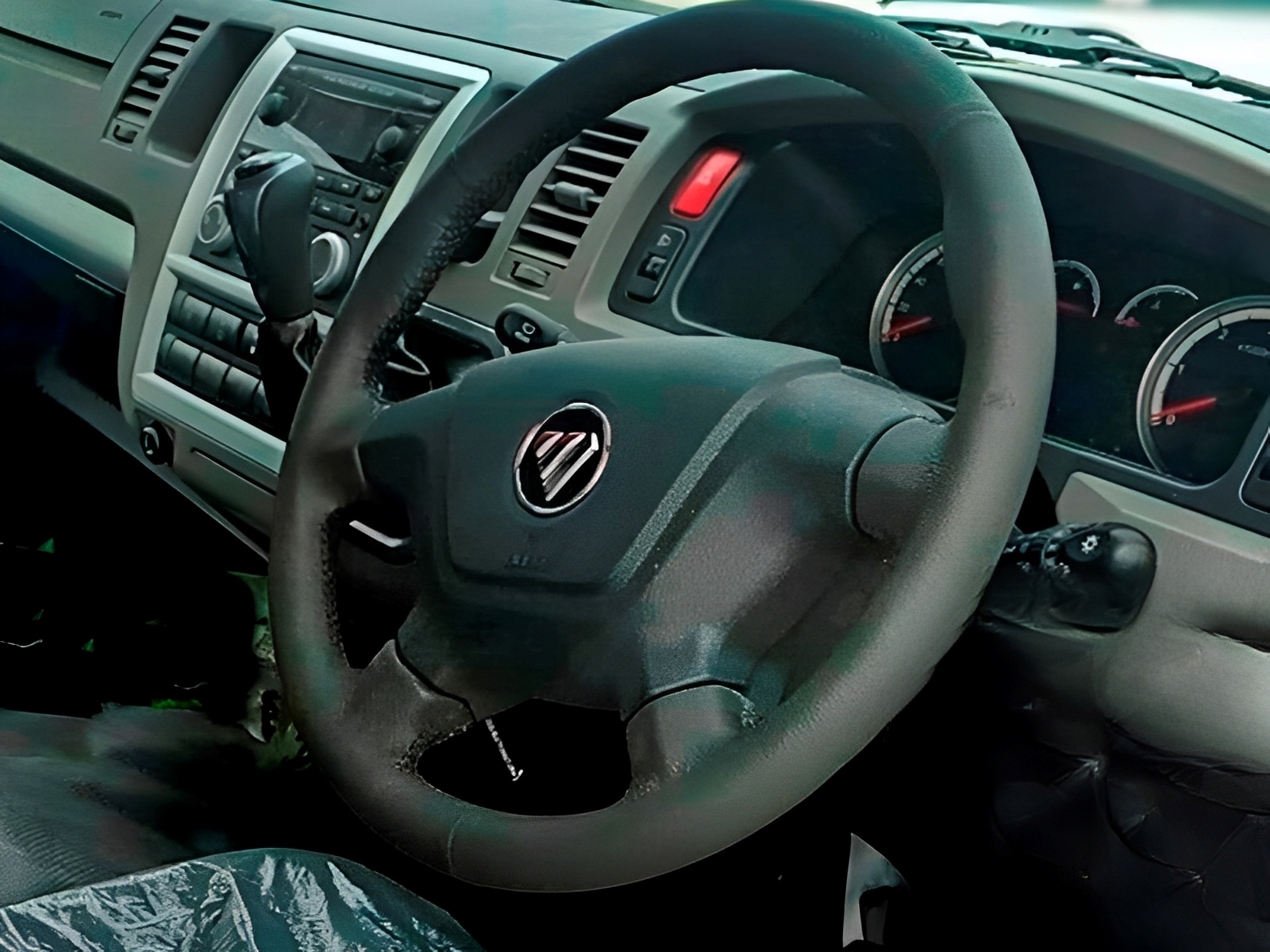Air vs Hydraulic Brake Systems: How to Choose the Right Stopping Technology for Heavy-Duty Vehicles
Air brake versus hydraulic brake systems represent fundamental safety decisions for heavy-duty special vehicles, yet selecting optimal braking technology demands careful evaluation of 6 critical performance factors. This comprehensive comparison analyzes stopping power (air 120 PSI vs hydraulic 2,000+ PSI), system complexity, maintenance requirements, response characteristics, weight considerations, and regulatory compliance standards.
While both technologies deliver essential safety capability, air brake systems excel in heavy-duty reliability and regulatory compliance, whereas hydraulic systems dominate in response speed and precise control. We dissect critical trade-offs—from stopping distance performance to system complexity—using braking data from 18,000+ heavy vehicles across demanding applications.
Whether prioritizing air brake’s proven heavy-duty performance or hydraulic system’s precise control, our braking analysis equips you to select the optimal safety solution. As China’s leading special vehicle manufacturer with extensive braking system integration experience, Chengli Group provides uniquely qualified insights into braking technology optimization.
Stopping Power and Performance Characteristics
Braking system selection fundamentally impacts vehicle safety, stopping performance, and operational effectiveness across diverse weight classes and duty cycles.
Air Brake System Heavy-Duty Performance
Air brake systems deliver exceptional stopping power for heavy vehicles through large brake chambers and proven pneumatic actuation achieving consistent performance under extreme conditions.
Performance Advantages: Air systems provide reliable stopping power independent of operator input force with automatic pressure regulation and fail-safe operation. Technical specifications include:
- Operating pressure: 90-120 PSI standard system pressure
- Brake chamber sizes: 16-36 square inches effective area
- Stopping force: Up to 50,000+ pounds brake force generation
- Heat dissipation: Large brake drums/rotors managing thermal loads
Consistency Benefits: Air brakes maintain consistent performance regardless of operator strength or pedal force providing reliable stopping capability across all operating conditions.
Hydraulic Brake System Precision Control
Hydraulic systems provide superior response characteristics and precise control through high-pressure fluid transmission enabling optimal stopping performance for lighter applications.
Control Advantages: Hydraulic systems deliver immediate response and proportional control enabling precise brake force modulation. Performance characteristics include:
- Operating pressure: 1,500-2,500 PSI system pressure
- Response time: Immediate brake application with minimal lag
- Force multiplication: 10:1 to 50:1 force amplification ratios
- Precise control: Proportional brake force application
Efficiency Benefits: Hydraulic systems provide excellent stopping power-to-weight ratio and simplified installation for medium-duty applications.
System Complexity and Reliability Analysis
Air Brake System Robust Design
Air brake systems utilize proven pneumatic technology with multiple redundant safety systems and established reliability for commercial vehicle applications.
Reliability Features:
- Dual-circuit systems providing redundant safety protection
- Spring brake chambers ensuring parking brake capability during air loss
- Automatic slack adjusters maintaining proper brake adjustment
- Air dryer systems removing moisture and contaminants
Fail-Safe Operation: Air systems default to applied position during system failure ensuring vehicle safety through spring brake activation.
Hydraulic System Simplicity
Hydraulic brake systems provide simpler component architecture with fewer system components and direct force transmission.
Simplicity Benefits:
- Fewer system components reducing complexity and failure points
- Direct force transmission without air compressor requirements
- Simplified installation and integration procedures
- Reduced system weight and packaging requirements
Maintenance Efficiency: Hydraulic systems require less complex maintenance procedures with standard fluid service and component replacement.
Maintenance Requirements and Service Considerations
Air Brake Maintenance Complexity
Air brake systems require comprehensive maintenance including air system service, brake adjustment, and component inspection with specialized diagnostic equipment.
Maintenance Components:
- Air compressor service and belt replacement
- Air dryer maintenance and cartridge replacement
- Brake adjustment and lining inspection procedures
- Air system leak testing and component replacement
Service Requirements: Air brake maintenance requires specialized knowledge and diagnostic equipment increasing service complexity and potential costs.
Hydraulic Brake Service Simplicity
Hydraulic systems provide straightforward maintenance through standard fluid service and conventional brake component replacement procedures.
Service Advantages:
- Standard brake fluid replacement procedures
- Conventional brake pad/shoe replacement
- Simplified bleeding and adjustment procedures
- Standard automotive service tools and techniques
Accessibility: Hydraulic brake service capability available through conventional automotive service networks reducing service complexity and costs.
Regulatory Compliance and Standards
Air Brake Regulatory Requirements
Air brake systems must comply with comprehensive federal regulations including FMVSS 121 and DOT certification requirements for commercial vehicle applications.
Compliance Standards:
- FMVSS 121 air brake system performance requirements
- DOT certification and component approval procedures
- Commercial Driver’s License (CDL) requirements for operation
- Annual inspection and certification procedures
Regulatory Benefits: Air brake compliance ensures legal operation for commercial vehicles exceeding 26,000 pounds GVWR.
Hydraulic Brake Standards
Hydraulic systems comply with FMVSS 105 standards for light and medium-duty applications with simplified certification requirements.
Standard Requirements:
- FMVSS 105 hydraulic brake performance standards
- Standard automotive certification procedures
- Conventional driver licensing requirements
- Standard inspection and service procedures
Operational Flexibility: Hydraulic brake systems enable operation with standard driver licenses simplifying personnel requirements.
Weight and Installation Considerations
Air Brake System Weight Impact
Air brake systems add significant weight through air compressor, tanks, and pneumatic components affecting vehicle payload and efficiency.
Weight Components:
- Air compressor system: 50-100 pounds additional weight
- Air tanks and plumbing: 75-150 pounds system weight
- Brake chambers and hardware: 100-200 pounds component weight
- Total system weight: 225-450 pounds additional vehicle weight
Payload Impact: Air brake weight reduces available payload capacity requiring consideration in vehicle design and operation planning.
Hydraulic System Weight Efficiency
Hydraulic brake systems provide lighter weight installation through simplified component architecture and reduced system complexity.
Weight Advantages:
- Master cylinder and booster: 15-25 pounds total weight
- Brake lines and components: 25-50 pounds system weight
- Brake assemblies: Standard weight automotive components
- Total system weight: 40-75 pounds additional vehicle weight
Efficiency Benefits: Reduced weight improves vehicle efficiency and maximizes payload capacity for revenue-generating applications.
Response Time and Control Characteristics
Air Brake Response Considerations
Air brake systems experience brief response delay due to air travel time and system charging requiring driver awareness and adjustment.
Response Factors:
- Brake lag time: 0.3-0.6 seconds typical response delay
- Pressure buildup: Gradual force application characteristics
- Modulation capability: Limited fine control due to system characteristics
- System pressure: Dependent on air compressor capacity and tank pressure
Performance Adaptation: Experienced drivers adapt to air brake characteristics achieving effective stopping performance through proper technique.
Hydraulic Brake Immediate Response
Hydraulic systems provide immediate brake response and precise control enabling optimal stopping performance and driver confidence.
Control Benefits:
- Immediate response: Zero lag time brake application
- Proportional control: Direct relationship between pedal force and brake force
- Fine modulation: Precise brake force adjustment capability
- Consistent feel: Predictable pedal characteristics and response
Safety Advantages: Immediate response and precise control enhance safety through optimal stopping performance and driver confidence.
Decision Framework: Choosing Your Optimal Braking System
Air Brake Systems: Ideal Applications
Best suited for vehicles prioritizing:
- Heavy-duty commercial vehicle applications exceeding 26,000 pounds GVWR
- Maximum stopping power and thermal capacity requirements
- Regulatory compliance for commercial vehicle operation
- Proven reliability under extreme operating conditions
Optimal scenarios include:
- Heavy fire trucks and aerial platforms
- Large waste collection and commercial vehicles
- Construction vehicles and heavy-duty applications
- Commercial operations requiring CDL compliance
Hydraulic Brake Systems: Strategic Advantages
Preferred for vehicles emphasizing:
- Precise control and immediate response characteristics
- Weight optimization and installation simplicity
- Cost-effective brake system implementation
- Standard driver licensing and operational flexibility
Ideal applications include:
- Medium-duty emergency and service vehicles
- Utility trucks and maintenance vehicles
- Specialized vehicles under 26,000 pounds GVWR
- Applications prioritizing weight and cost optimization
Performance Benchmarking and Safety Analysis
Air Brake Performance Standards:
- Stopping distance: FMVSS 121 compliance at maximum GVWR
- System response: 0.3-0.6 seconds brake lag time
- Thermal capacity: Superior heat dissipation for sustained braking
- Reliability rating: 99%+ system availability for commercial applications
Hydraulic Brake Performance Metrics:
- Stopping distance: FMVSS 105 compliance with immediate response
- System response: Zero lag time immediate brake application
- Control precision: Proportional force application and modulation
- Weight efficiency: 85% weight reduction compared to air systems
Ultimately, air brake systems excel for heavy-duty commercial applications requiring maximum stopping power and regulatory compliance, while hydraulic systems serve medium-duty applications prioritizing response speed and precise control. Your ideal choice depends on whether heavy-duty performance and commercial compliance (air) or response precision and weight efficiency (hydraulic) aligns with vehicle classification and operational requirements.






